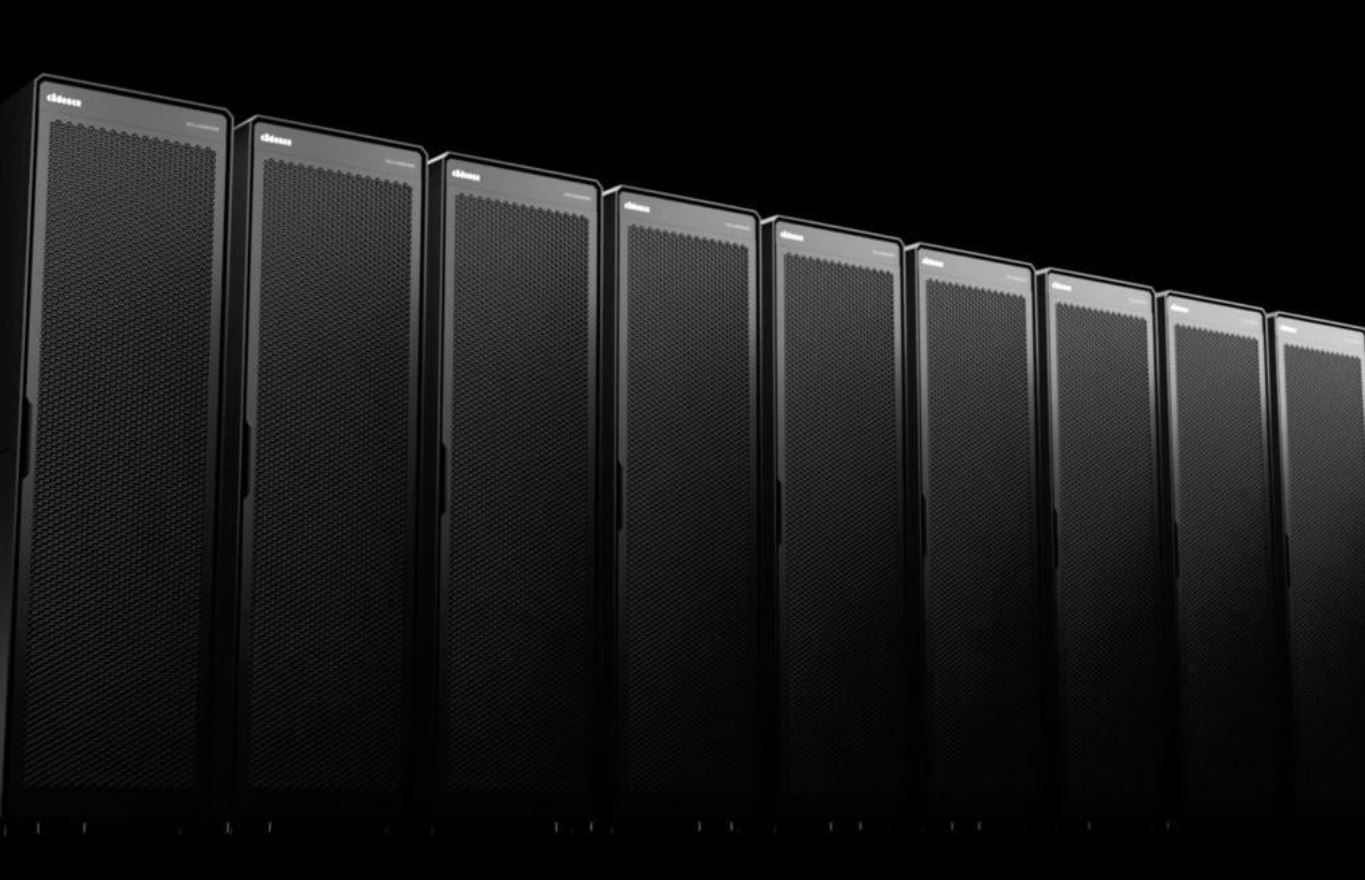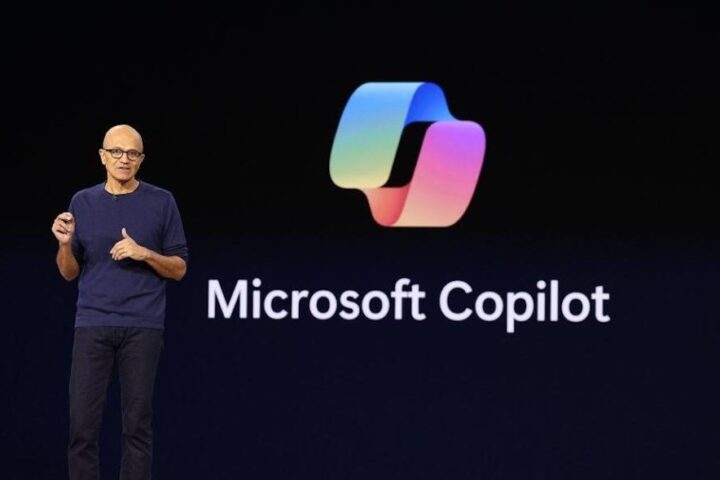 Cadence Design Systems has just introduced its Millennium M2000 Supercomputer—a robust platform built around NVIDIA’s latest Blackwell architecture. If you’ve ever struggled with sluggish simulation times or high energy bills, you’ll appreciate how this system pushes the boundaries in both speed and efficiency.
Cadence Design Systems has just introduced its Millennium M2000 Supercomputer—a robust platform built around NVIDIA’s latest Blackwell architecture. If you’ve ever struggled with sluggish simulation times or high energy bills, you’ll appreciate how this system pushes the boundaries in both speed and efficiency.
Designed for cloud-based and on‑premise environments alike, the M2000 combines NVIDIA HGX B200 systems and RTX PRO 6000 Blackwell Server Edition GPUs with Cadence’s powerful suite of solvers. The result? Performance that’s up to 80 times faster and energy consumption slashed by a factor of 20 compared to older CPU‑based setups.
Anirudh Devgan, Cadence’s President and CEO, summed it up well when he highlighted that this project has been years in the making—a careful blend of hardware improvements and software retooling to unleash true AI‑accelerated design. Imagine cutting chip‑level power integrity simulations from two weeks down to just one day.
Beyond semiconductor challenges, the Millennium M2000 is built to handle extensive simulations—from analysing power, thermal, stress, and electromagnetic properties on a single platform, to supporting the modelling of autonomous machines and digital twins. It even integrates with NVIDIA’s Omniverse APIs to help drive more accurate testing in fields like aerospace and robotics.
In life sciences, the system shines too. By using Cadence’s Orion platform along with NVIDIA BioNeMo NIM microservices and Llama Nemotron models, pharmaceutical researchers can explore more design variations in record time—potentially speeding up the path to new drug discoveries. This capacity is further demonstrated through fast fluid dynamics simulations via the Fidelity CFD Platform and GB200 Grace Blackwell Superchips.
Costing around $2 million in its standard configuration—which comes with 32 NVIDIA Blackwell GPUs—the M2000 is available both as a stand-alone appliance and a cloud option. With early adopters like MediaTek, Boom Supersonic, and Supermicro already on board, even NVIDIA is set to invest in 10 Millennium systems for its own chip design processes. It’s a strong move that could benefit anyone looking to push the limits of computational performance.








